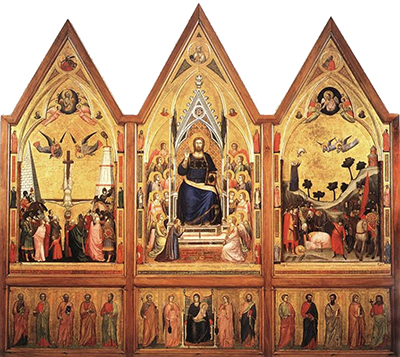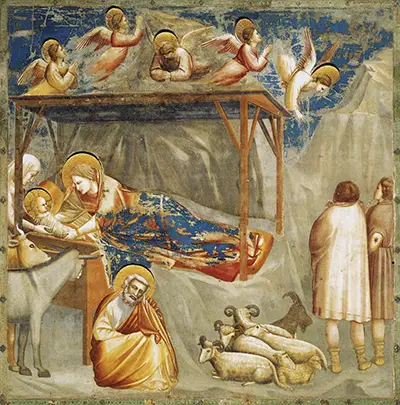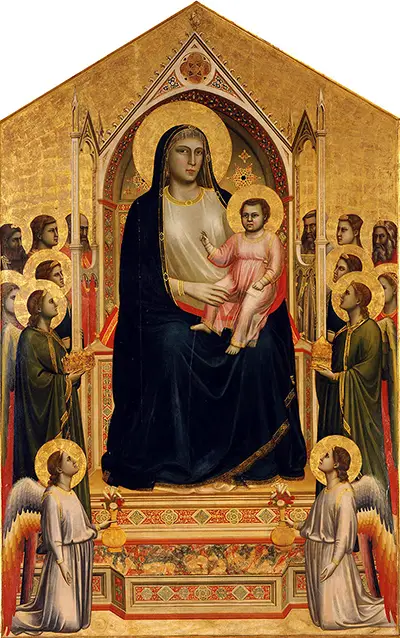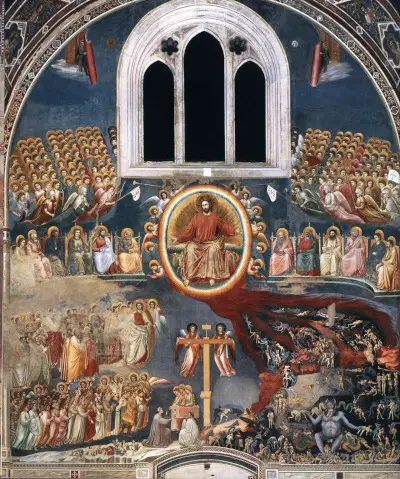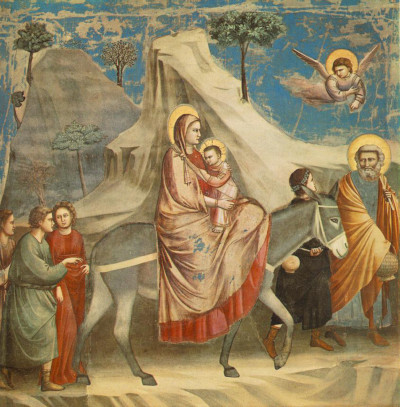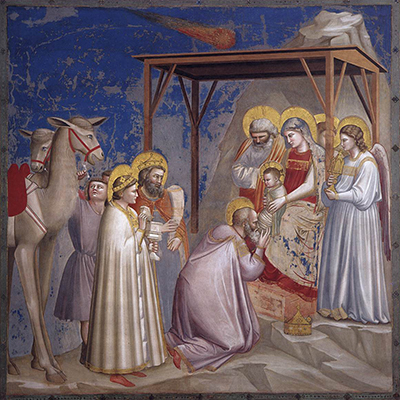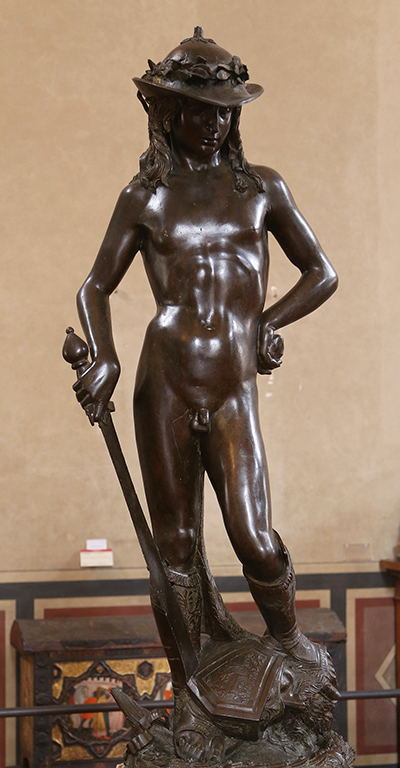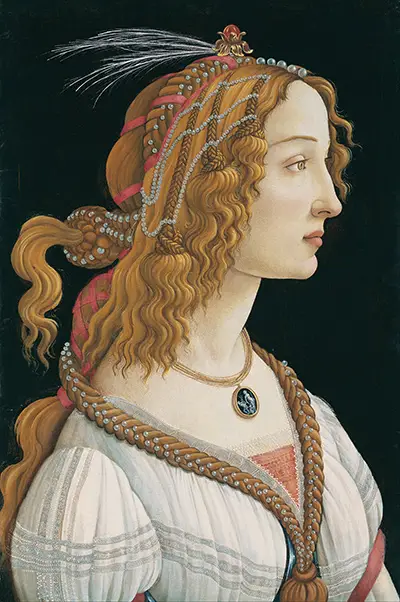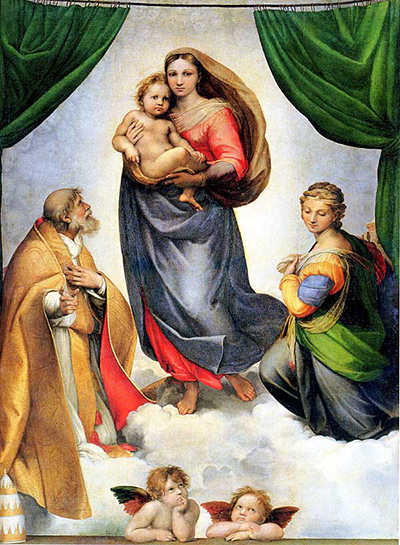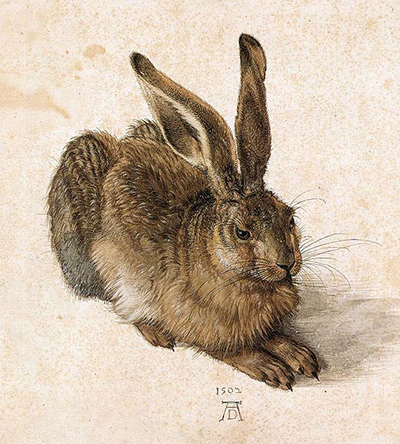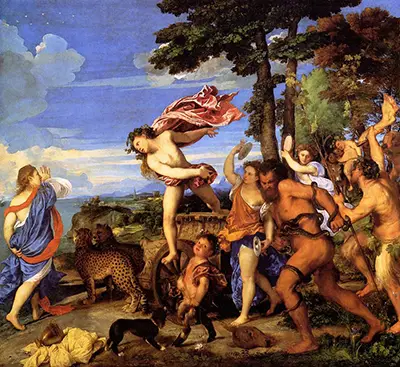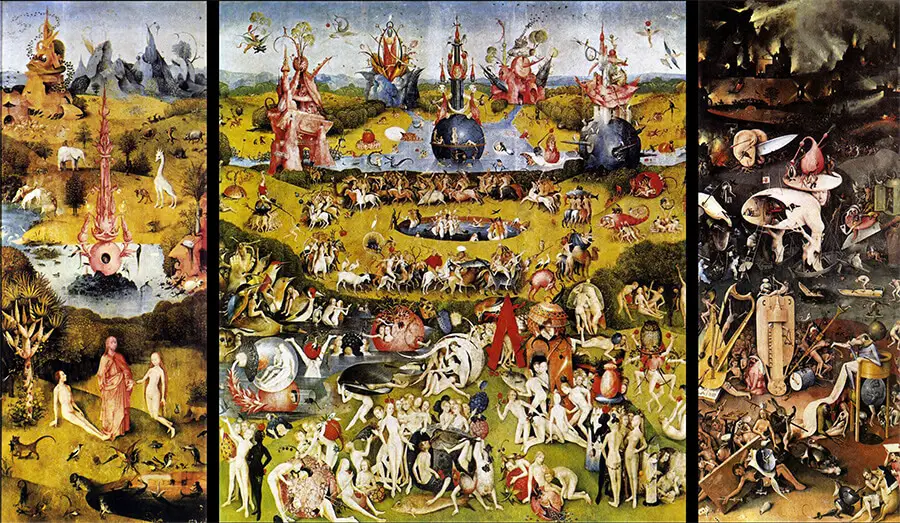The darker contrast found within The Miracle of the Spring immediately allows us to pinpoint it as being part of Giotto’s Legend of St Francis series for the Upper Church, San Francesco, Assisi.
Giotto’s Work in Assisi
The artist produced two clear bodies of work within the church, covering both the upper and lower church in different periods of his career. Whilst the rocky environments could be from his work in the Scrovegni Chapel, it is the darker blue tone across the sky which connects with his work in Assisi.
Giotto himself produced twenty five artworks based on the life of Saint Francis, with an additional three coming from other artists. The work was completed at the very end of the 13th century, over a period of three or four years.
Story of the Miracle of the Spring
Giotto captures the moment at which a spring bursts from within the farmer’s land, resulting in him collapsing to the ground in relief. Water rushes out and the thirsty farmer can now drink and provide for his family.
The saint had arrived with some colleagues to pray for him, and their intervention would result in this miracle occurring. Giotto loved to infuse emotion into his work and this scene allows him to deliver joy from the farmer, whilst the supporting figures look in amazement at each other, on witnessing this miraculous event.
Giotto would return to the subject of Saint Francis later in his career, with the latter donor no doubt impressed by his work within Assisi. Many of the same stories would be addressed again, though Giotto sought to reinvent them with different compositions for each one.
Stylistic Touches
The rocky environment is noticeably more dramatic than in Giotto’s Scrovegni Chapel series, with a heavier contrast. The halos are present in both and served as a means to applying golden tones to each work (before they faded), whilst also helping us to identify the leading figures in each narrative.
Giotto’s use of perspective was challenging the norms of the day. He was still evolving in this regard - with his trees still appearing somewhat flat, whilst other additions were deeper than other artists had done up to that point. His figures were also starting to hold more volume, progressing from the flattened approach taken in previous centuries.
Conclusion
The Miracle of the Spring is one of the easiest stories to grasp from Giotto’s series for the church in Assisi. The abundance of water represents the simplicity of life in centuries past, where the most basic of needs would take up most of humanity’s desires.
Giotto evolved as an artist during his time in Assisi and made progress in his figurative work, as well as in the details which lined the backgrounds of his large frescoes. The overall project would take a number of years due to the scale of these works, both in number and size with Giotto completing twenty five paintings, and each one being over 200 cm in height and width.
More Renaissance Artists



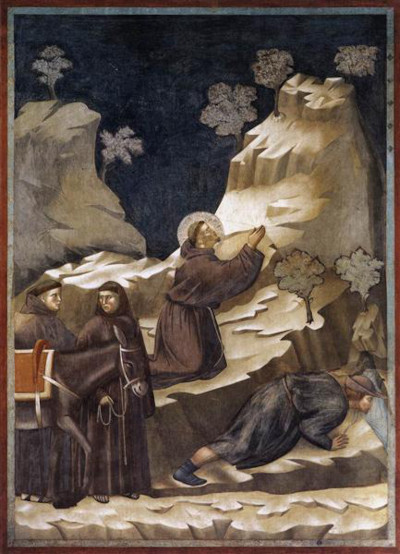
 Giotto.jpg)
 Giotto.jpg)
